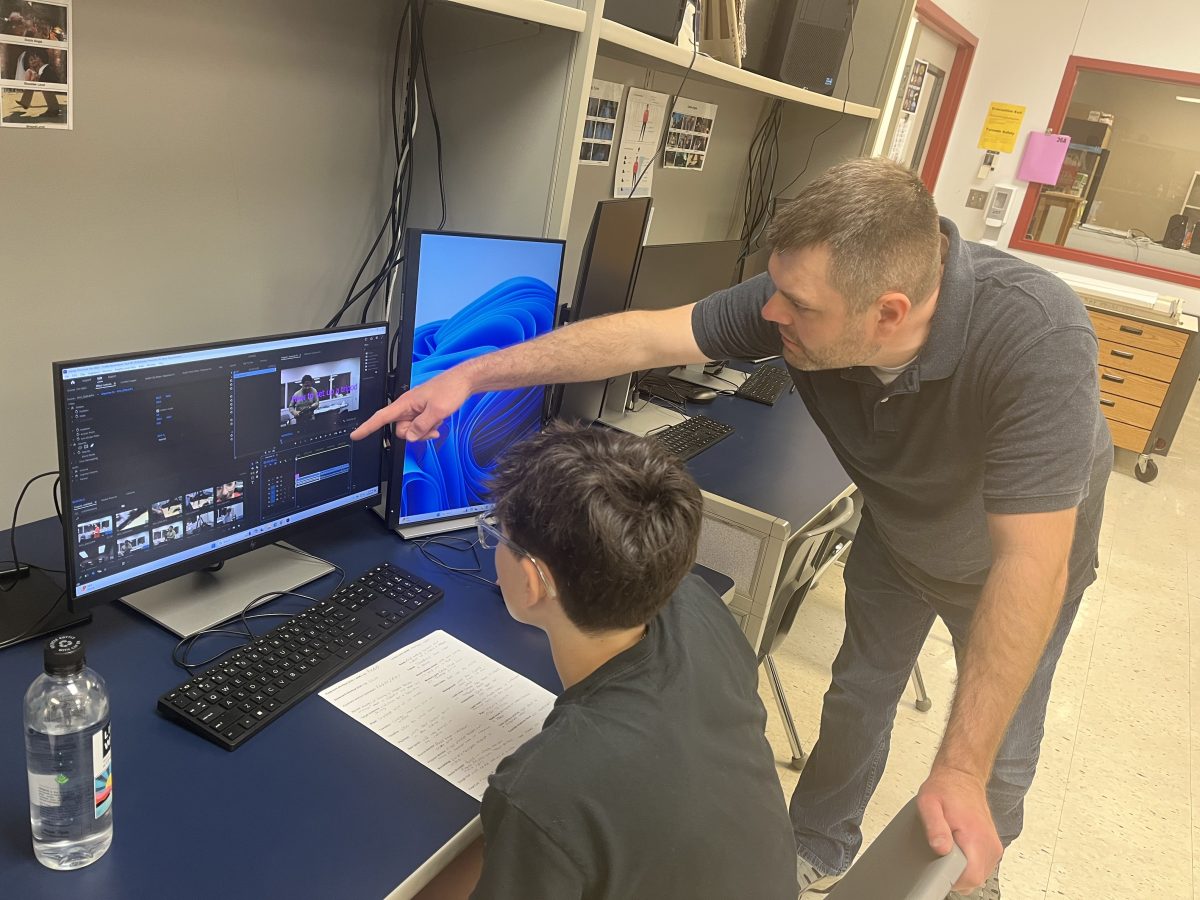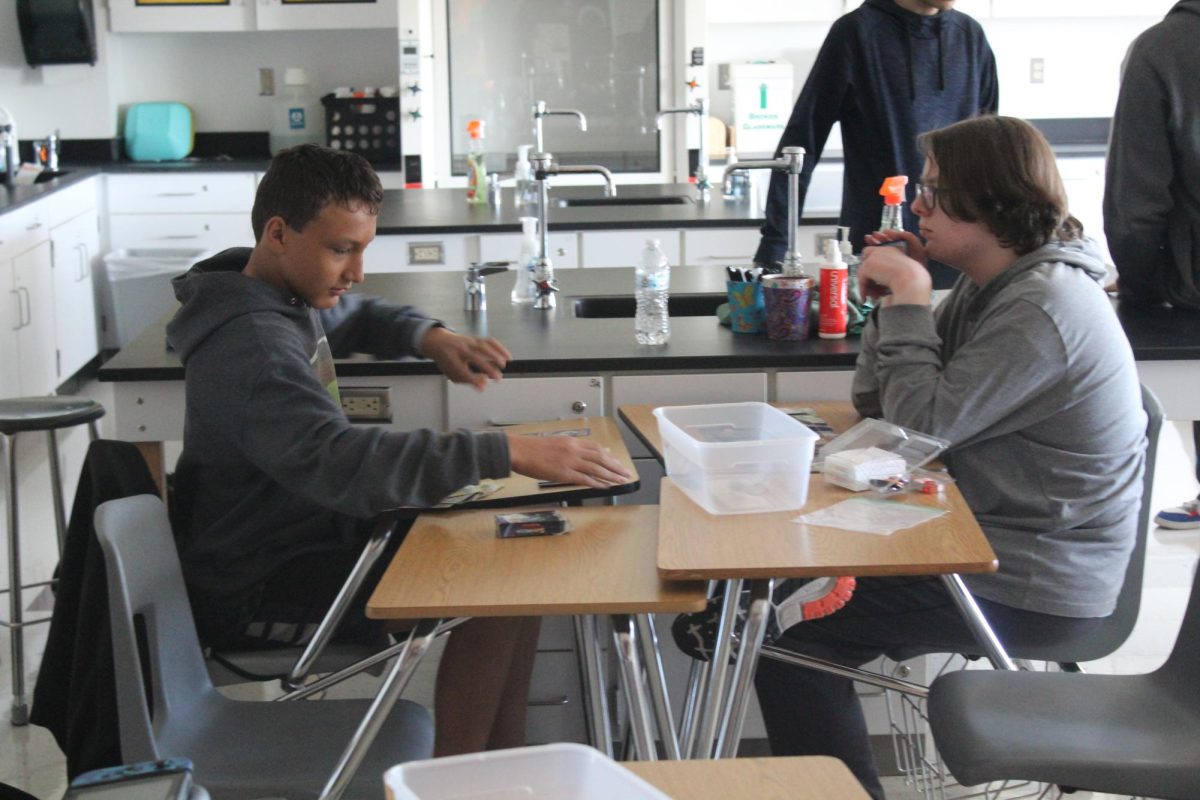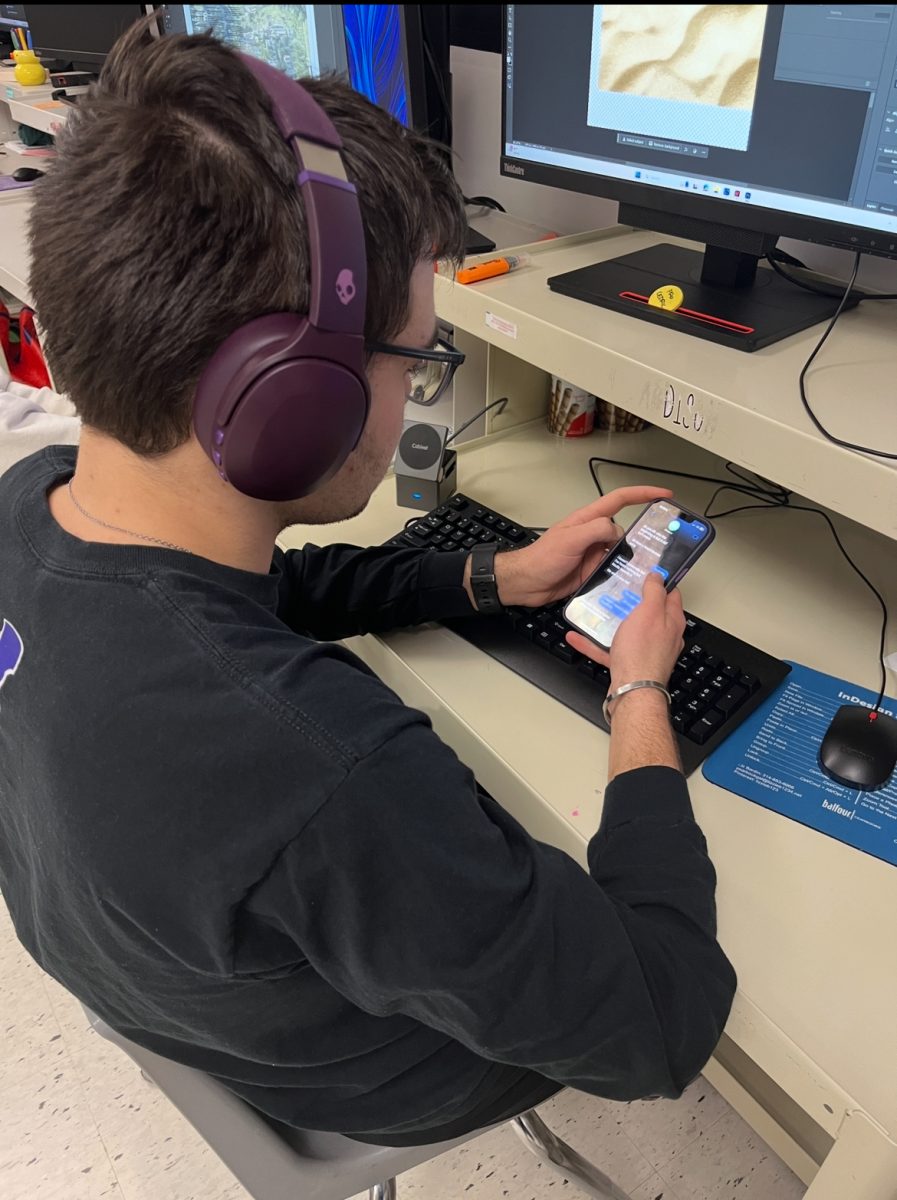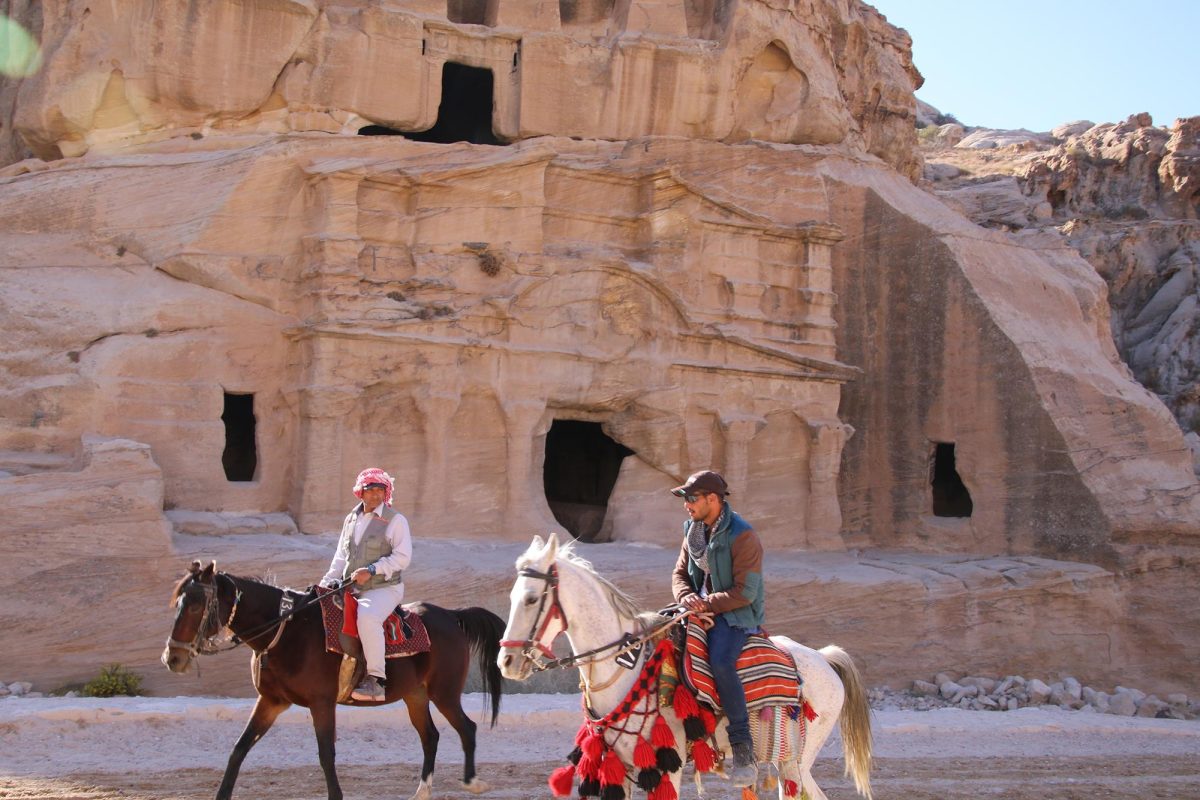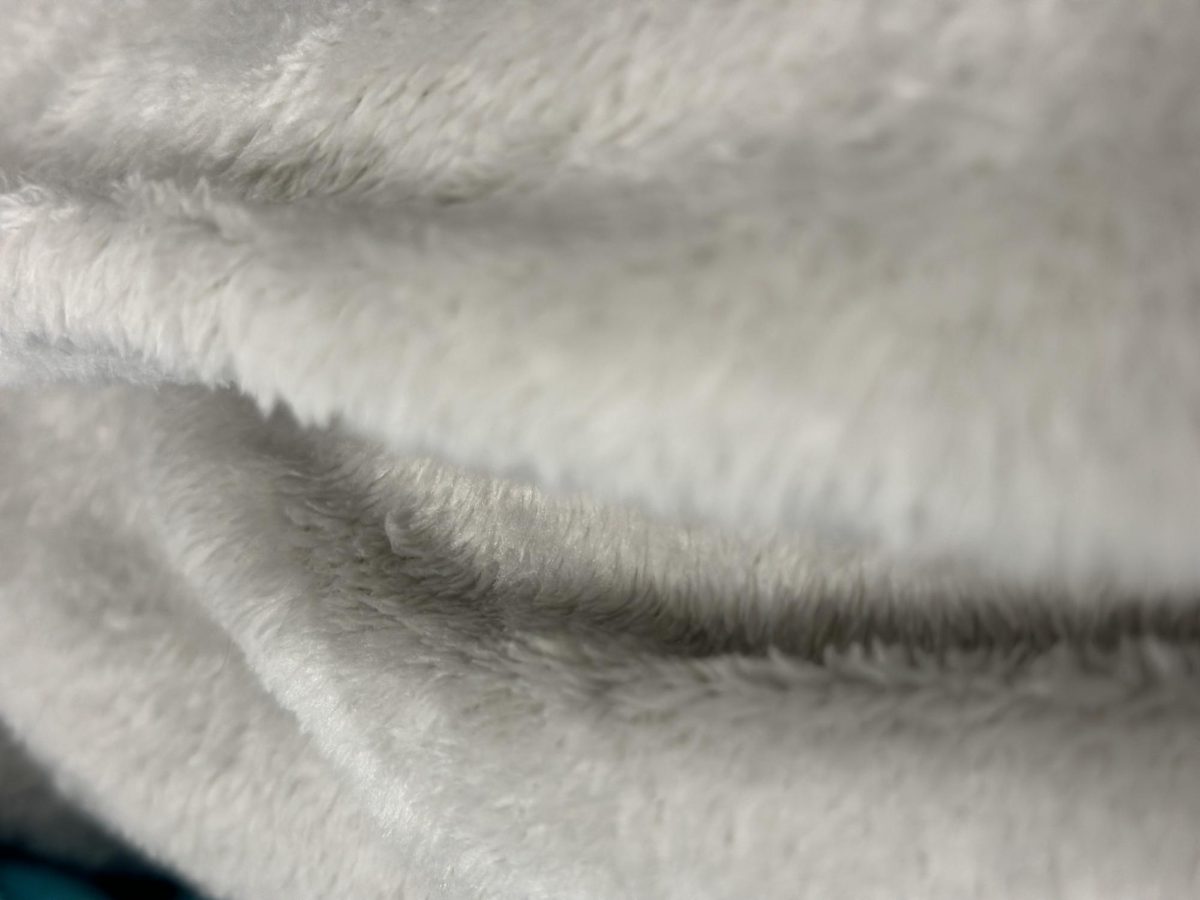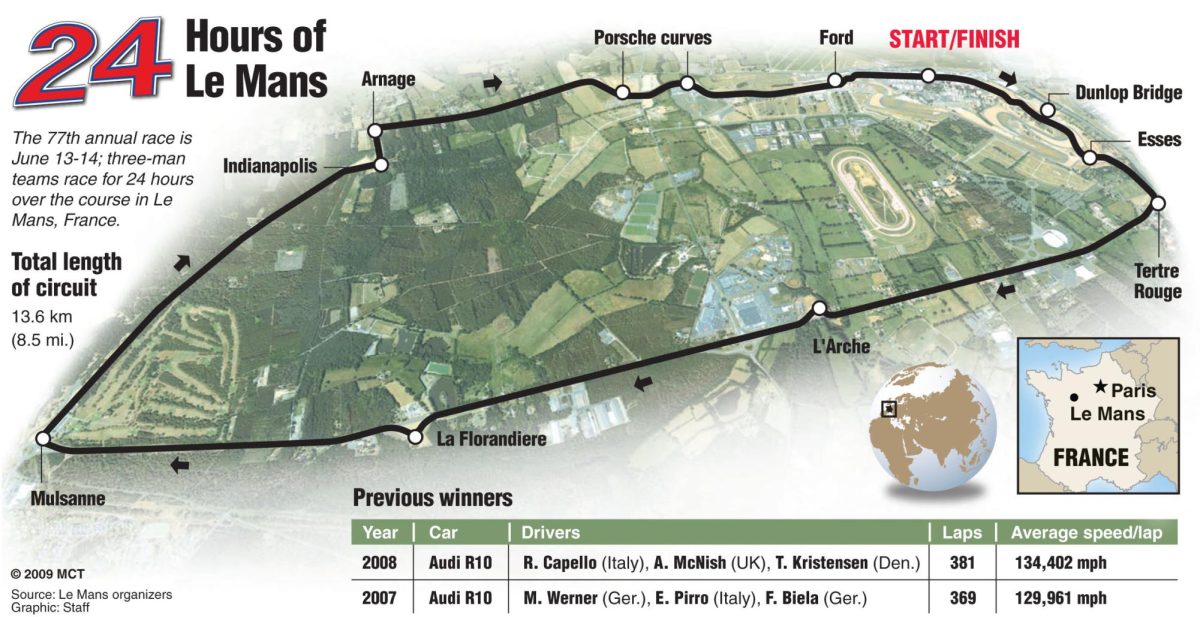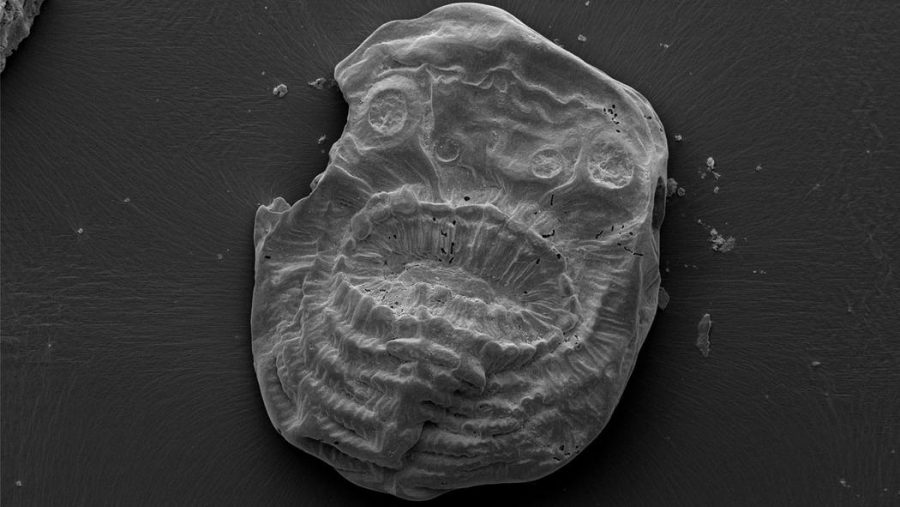Digging for Discoveries
The fossil of Saccorhytus, a microscopic, bag-like sea creature that lived about 540 million years ago. It is the oldest known ancestor of humans. (Jian Han/Northwest University, China/TNS)
February 22, 2017
Grab the shovels, brushes and head lamps because the age of dinosaurs is not over and fossils are just waiting to be discovered.
WHAT’S IN THE NOGGIN?
On the beach of Bexhill, Sussex, a small fossil was discovered by an amateur fossil collector in 2004, according to The Guardian. Little did he know that the small fossil would change the world of paleontology. What this fossil collector discovered was brain matter of a dinosaur; this leads to the question many paleontologists were asking after the discovery. Many questioned how the fossil did not decompose. Scientists believe the dinosaur had died head first in a swamp and the acid rich and oxygen deficient water caused the brain tissue to harden. The misshapen brain measures about 10 centimeters by 5 centimeters, according to The Guardian. Scientists believe the dinosaur that the brain matter belonged to could be related to the Iguanodon, a reptilian dinosaur, that lived about 133 million years ago.
“In reptiles, and assumed for dinosaurs, the brain only takes up about half of the space within the cranial cavity,” reported cnsnews.com. “The rest of the space is a dense region of blood vessels that surrounds the brain. Based on the structures seen in the fossilized brain, the researchers said it is consistent with reptiles.”
Researchers claim that the size of the brain should not prompt any judgements of the intelligence or cognitive function of the dinosaurs, meaning they will not be seen on “Are You Smarter Than a Fifth Grader” anytime soon.
PRESERVED POULTRY
Encased in amber, these dinosaur feathers resemble a souvenir bought at any science center. However, this souvenir is worth much more than five dollars. It was discovered in the amber markets of Myanmar, according to The Los Angeles Time. What was found in the market was the feathers of a baby dinosaur’s tail hardened into a lump of amber. For scientists, amber is a blessing; it protects the integrity of the chemical composition of fossils and their three dimensional shape. Feathers have been discovered before; the indents they leave in rocks have been found across the world. But it was not until now that scientists really began to understand the feathers of dinosaurs. Among the first of their discoveries, made with these fossils, was that these feathers did not come from a prehistoric bird, but a two legged dinosaur called a Theropod.
“We can tell that this specimen came from a Theropod dinosaur because the tail is flexible and the vertebrae articulate with each other, instead of being fused together to form a solid rod — which is a characteristic of modern birds and their closest relatives,” Ryan McKellar of the Royal Saskatchewan Museum in Canada, a paleontologist and an author of the study of the feathers, said in an email to The Washington Post.
These feathers answer questions about evolutions that scientist have been asking for years.
New discoveries are being made every day. The world that surrounds people is fast and overwhelming with school, work and relationships occupying daily lives, filling every hour. Underneath it all is something miraculous, waiting to be discovered.





